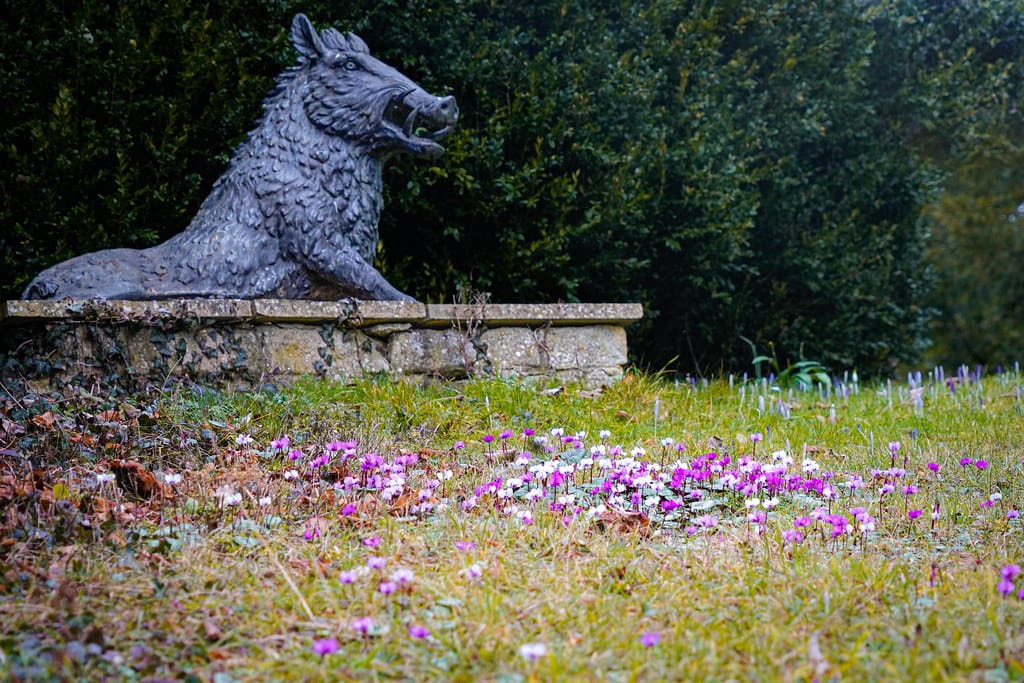California's Blue Pig Mystery: When Wild Boars Turn Technicolor
In the rugged hills of Northern California, hunters made a discovery that would puzzle scientists and capture headlines across the nation: wild pigs with vivid blue flesh. What started as a bizarre hunting story has evolved into a fascinating case study of environmental toxicology and wildlife adaptation.
The Discovery That Stunned Hunters
The first reports emerged in late 2023 from Mendocino County, where seasoned hunters encountered something they'd never seen in decades of tracking wild boar. Upon field dressing their quarry, they discovered meat that glowed an otherworldly shade of electric blue under their headlamps.
"I thought someone was playing a prank on me," said local hunter Mike Rodriguez, whose viral social media post first brought attention to the phenomenon. "In 25 years of hunting, I've never seen anything like it."
Since then, similar cases have been documented across a 50-square-mile area spanning Mendocino and Lake Counties, with over 200 confirmed instances of blue-fleshed wild pigs reported to California Department of Fish and Wildlife.
The Science Behind the Blue
After months of investigation, researchers from UC Davis and the California Department of Public Health identified the culprit: copper sulfate contamination from abandoned mining operations dating back to the Gold Rush era.
Dr. Sarah Chen, a wildlife toxicologist leading the research, explains the process: "These pigs are consuming vegetation and water sources with elevated copper levels. When copper accumulates in muscle tissue and reacts with certain proteins, it creates a blue-green pigmentation similar to what you'd see in copper oxidation."
The affected area sits atop the historic Clear Lake Mining District, where copper, mercury, and sulfur were extracted between 1870 and 1920. Recent heavy rains have mobilized these dormant contaminants, leaching them into soil and groundwater systems.
Environmental Impact and Wildlife Health
Testing reveals copper concentrations in affected pigs range from 15-40 parts per million in muscle tissue—well above normal levels of 2-5 ppm. While this creates the dramatic visual effect, researchers are studying broader implications for the ecosystem.
"The blue coloration is just the visible symptom," notes Dr. Chen. "We're seeing impacts on reproduction rates, immune function, and behavior patterns in these populations."
Preliminary data shows:
- 30% reduction in successful breeding among affected sows
- Altered foraging patterns, with pigs avoiding traditional feeding areas
- Increased susceptibility to parasites and disease
The contamination appears concentrated in valley bottoms and seasonal wetlands, suggesting water sources as the primary vector. Native wildlife, including deer, rabbits, and ground squirrels, show elevated copper levels but without the distinctive blue coloration seen in pigs.
Human Health Considerations
State health officials strongly advise against consuming meat from blue-fleshed wild pigs. While copper is an essential nutrient in small amounts, the concentrations found in these animals could cause gastrointestinal distress and, with repeated exposure, liver damage.
"The blue coloration serves as nature's warning label," says Dr. Patricia Gonzalez from the California Department of Public Health. "Any hunter encountering this phenomenon should immediately contact wildlife officials and avoid consumption."
The state has established a reporting hotline and created an interactive map tracking confirmed cases to help hunters identify affected areas.
Looking Forward: Cleanup and Prevention
California's Department of Toxic Substances Control has launched a $12 million remediation project targeting the most contaminated sites. The effort includes:
- Capping exposed mine tailings
- Installing water treatment systems
- Replanting native vegetation to prevent erosion
- Long-term monitoring of wildlife populations
Early intervention appears promising. Areas treated in spring 2024 show declining copper levels in new vegetation growth, though full ecosystem recovery could take decades.
A Window Into Environmental Legacy
The blue pig phenomenon offers a stark reminder of how historical industrial activity continues shaping modern ecosystems. While the immediate health risks are manageable through proper precautions, the incident highlights the importance of environmental monitoring and the interconnected nature of wildlife health and human activity.
As cleanup efforts continue, researchers are using this unique situation to better understand heavy metal contamination pathways and wildlife adaptation strategies. What began as a hunting curiosity has become a valuable case study in environmental science—and a colorful reminder that nature's most striking displays often carry deeper messages about our shared environment.
For hunters in Northern California, the message is clear: stay informed, report unusual findings, and when in doubt, admire the blue but don't bring it home for dinner.
